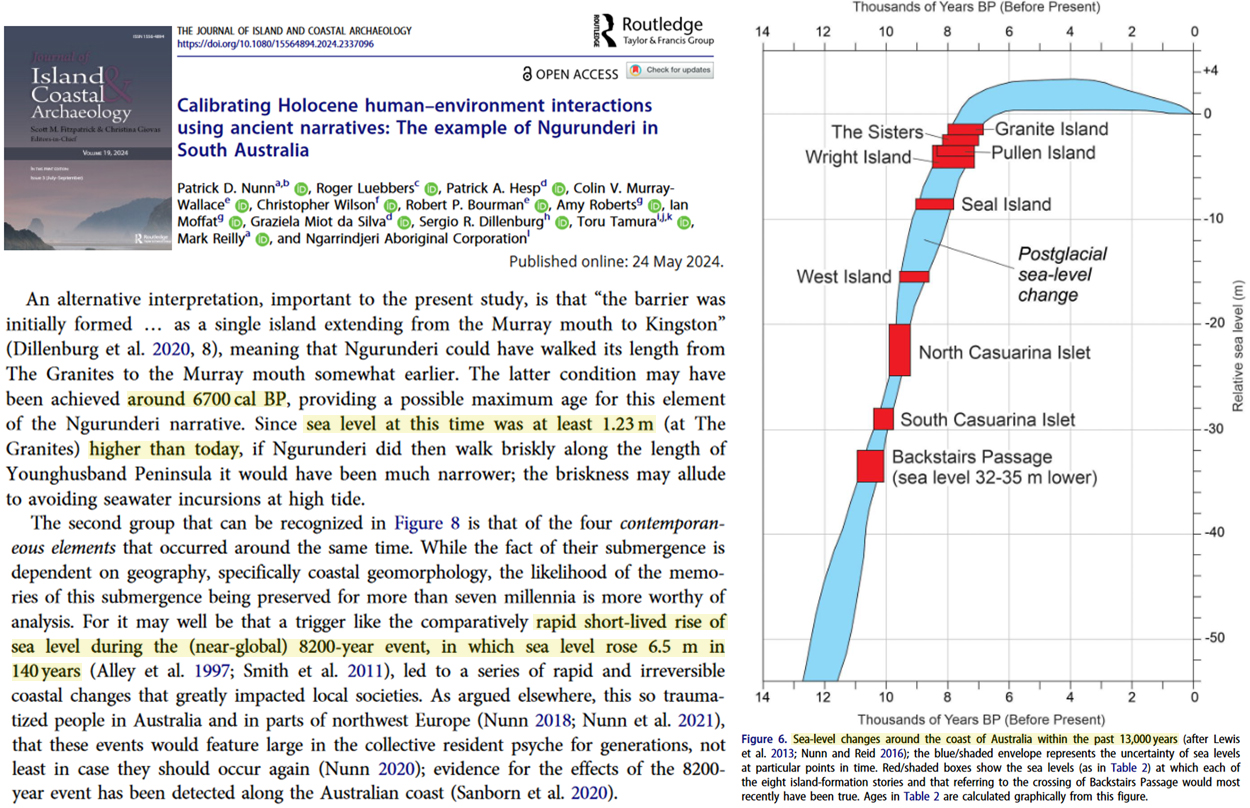What is the Holocene Temperature Conundrum?
The Holocene Temperature Conundrum is a debate within the field of climate science regarding the patterns and variations in global temperatures during the Holocene epoch, which began around 11,700 years ago and continues to the present day.
The term refers to a discrepancy between the reconstructed global annual mean temperature and the simulated global annual mean temperature during the Holocene epoch, which spans from about 12,000 years ago to the present. [emphasis, links added]
Traditionally, reconstructions of Holocene temperatures were largely based on indirect data sources such as pollen, ice cores, lake sediments, and ocean sediment cores.
One prominent reconstruction suggested a pattern known as the Holocene Thermal Maximum (HTM) – a period between 9,000 to 5,000 years ago when temperatures were warmer than today, followed by a gradual cooling that lasted until the preindustrial era.
This cooling trend was particularly noticeable in the Northern Hemisphere and is the opposite of what would be expected from the effects of retreating ice sheets and rising greenhouse gases, which should cause global warming.
However, in the early 21st century, new reconstructions began to emerge based on a different set of proxies such as tree rings and stalagmites, which seemed to contradict the traditional view.
Instead of showing a gradual cooling over the Holocene, these reconstructions suggested that global temperatures remained relatively stable, or possibly increased slightly during this period, in agreement with the radiative forcing from ice sheets and greenhouse gases.
The contrasting interpretations of Holocene temperature patterns have sparked intense debate among scientists.
The discrepancies are thought to arise from differences in the geographical coverage of the proxies used, their seasonal biases, and other methodological differences.
Some experts suggest that the traditional view of a cooling trend might be influenced by a bias toward Northern Hemisphere summer temperatures, while others believe the newer reconstructions may underestimate past temperature variability due to various reasons such as the dampening effects of tree rings in capturing long-term trends.
This conundrum highlights the complexities involved in interpreting past climate change and the importance of refining methodologies and expanding datasets for a clearer understanding.




